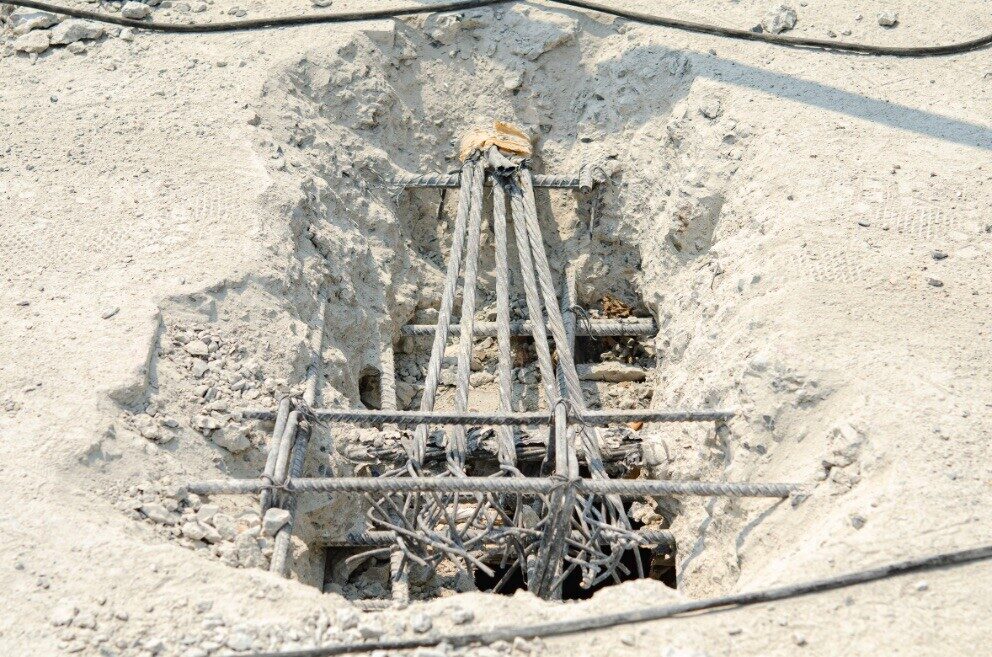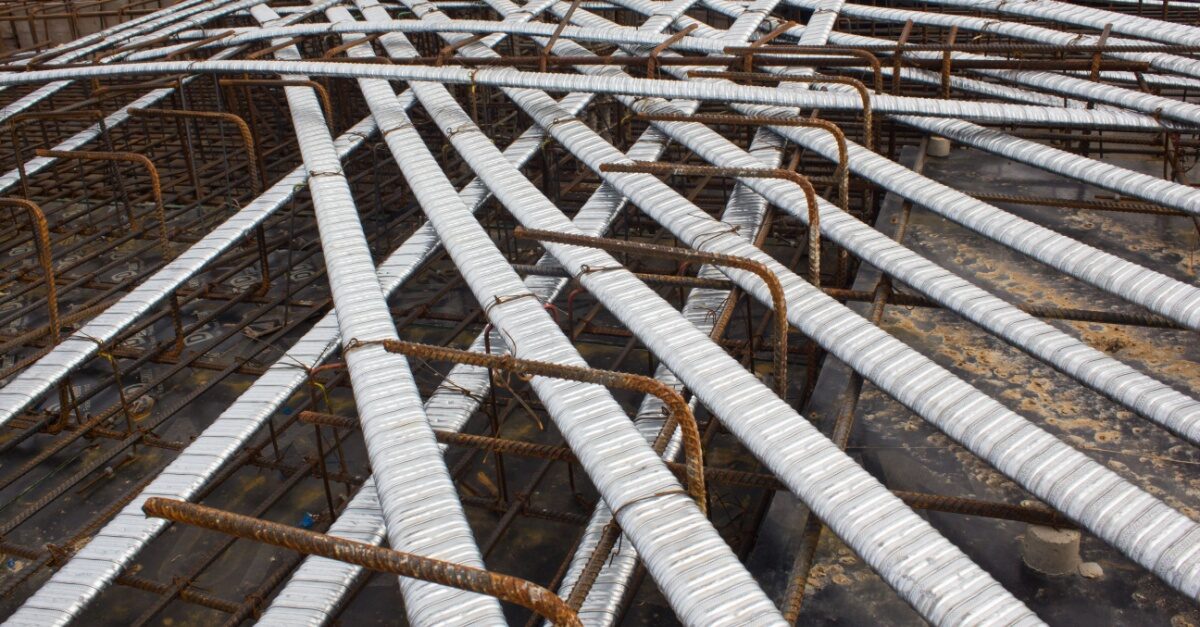Soil Grouting Strategies: Protecting Your Investment from the Ground Up
From the bustling city centers to the sprawling suburbs, soil grouting becomes indispensable for property managers and building owners in safeguarding their investments against the powerful force of Mother Nature. This article delves into the pivotal role of soil grouting, shedding light on its methods, applications, and significant benefits to enhancing foundation stability.
How Does Soil Grouting Work?
Soil grouting offers a robust solution to fill void space, compact loose soils, and create a grout curtain for waterproofing. While structural grouting reinforces the integrity of built structures, soil grouting goes deeper, targeting the very foundation — the soil.
The soil grouting process typically involves injecting grout into the ground through two primary methods:
- Inside Structure: This method involves drilling a series of holes from inside the structure, passing through the entire wall into the soil. Following a grid pattern ensures comprehensive coverage and effective soil reinforcement.
- Driving Pipes Externally: In contrast, this method involves driving pipes directly into the soil from the outside along the foundation wall. It is when internal access is limited or not feasible.
The project’s specific requirements dictate the approach to ensure that the grout reaches the critical areas where soil reinforcement is essential.
Types of Soil Grouting
Soil grouting employs a variety of materials, including cementitious mixtures and chemical grouts. The choice of material depends on the specific soil conditions and the desired outcome of the grouting process. Below are a few of the most common soil grouting techniques:
Compaction Grouting
Compaction grouting is a sophisticated ground improvement technique crucial in soil stabilization and settlement mitigation. This process involves the high-pressure injection of a low-mobility, stiff, cementitious grout deep into the soil, often going as deep as 30 feet below ground level.
A critical aspect of this technique is the expulsion of air and water from the soil during the injection process. As the grout moves through the soil, it reduces the pore volume, essentially squeezing out air and water pockets that may be present within the soil structure. Densifying the soil and filling void spaces creates a barrier that mitigates water intrusion, thereby protecting the foundation and the overall structure or stabilizing the soil for a new structure yet to be built.
Curtain Grouting or Permeation Grouting
Curtain grouting, also known as permeation grouting, is a highly effective waterproofing method for addressing multiple leaks in underground structures like tunnels, parking garages, and basements. By injecting chemical-based grout in a grid pattern, curtain grouting creates a “curtain wall,” creating a barrier for stopping water penetration. The same curtain wall can also be created by driving pipes to the outside soils adjacent to the foundation wall and injecting cementitious grout.
As a versatile solution, curtain grouting is often integrated into a multi-faceted approach, addressing significant water intrusion issues and enhancing the overall waterproofing system of the structure.
Slab Jacking
Slab jacking involves drilling holes directly into the concrete slab or sidewalk and injecting grout beneath it, filling any voids, and raising the slab to its original level position. This technique is particularly beneficial in rectifying uneven pavers that pose trip hazards, indicating voids beneath them.
When is Soil Grouting Necessary?
From enhancing soil stability to filling dangerous voids and remediating sinkholes, soil grouting is a versatile and essential practice, particularly crucial in areas prone to soil instability and water intrusion.
Soil Stabilization
Soil stabilization through grouting is essential when the ground lacks the natural strength to support structures. It enhances soil-bearing capacity, reduces permeability, and increases overall stability.
Void Filling
This technique becomes particularly vital when the roof of a void collapses or sinkholes and depressions form, leading to the deformation of the ground surface. Such occurrences can result in visible, cone-shaped depressions or holes at the surface, posing a direct threat to the stability of nearby buildings, utilities, and roads.
Voids are often the result of both natural processes and human activities, such as the decomposition of buried organic matter like trash or broken and leaking plumbing below ground. Over time, voids can cause significant structural issues, including cracks in foundation walls, floor slabs, and even brick veneers.
Waterproofing
The primary purpose of soil grouting for waterproofing is to create an impermeable barrier for projects like basements, underground tunnels, dams, and building foundations. When applied correctly, soil grouting for waterproofing offers a near-permanent solution, effectively protecting structures from water-related damage and reducing maintenance costs over time.
Embracing SGS Services for Soil Stability
Soil grouting is a pivotal solution for stabilizing soil, filling voids, and remediating sinkholes. The techniques of compaction grouting, curtain grouting, slab jacking, and more demonstrate the versatility and efficacy of soil grouting in addressing diverse geotechnical challenges. At the forefront of delivering these vital services is Superior Grouting & Restoration Services (SGS).
SGS excels in a comprehensive range of grouting services, catering to structural and soil-related needs. By employing various soil grouting methods, SGS ensures the ground beneath the surface level is as robust and reliable as the structures it supports.
In addition to a comprehensive range of grouting services, SGS specializes in concrete repair and restoration, concrete strengthening using Fiber Reinforced Plastic/Carbon Fiber (FRP) and other methods, and waterproofing for below-grade foundations. With a reputation built on over half a century of experience, SGS is the right choice to ensure longevity and safety for your buildings or properties.
For more information or to discuss your project needs, contact SGS here.



